This is a record of my MCCruise installation on my BMW R nineT. I started in September 2021 and finally got it installed and working a year later, in September 2022.
The short answer is that my R nineT is programmed differently to every other BMW motorcycle for reasons nobody knows, and MCCruise didn’t know, but figured it out eventually.
I initially was going to write this just as a “how-to” guide. But when the installation didn’t go smoothly, it became more of a chronicle of how things can go wrong with an install, and a lesson for what to do next time.
After I test rode a brand new 2021 model BMW R nineT, I thought “nice bike, and now I’ve got to have cruise control”. (The whole BMW R nineT range comes with ride by wire and cruise control standard from 2021 onward.)
I had previously had cruise control on a couple of bikes, most recently the 2017 BMW S 1000 R — which I regret selling (but I didn’t know then that my trip around Australia would be cancelled in less than two months after I sold it). I really like letting my right hand relax to avoid my fingers going numb.
Due to a pinched nerve in my right arm, my outer fingers sometime go numb when riding motorcycles — or bicycles. No, it’s not carpal tunnel, but a compressed ulnar nerve — I’ve had doctors/radiographers check it out. There are a series of exercises I do that help courtesy of my physiotherapist, but reducing pressure by being able to relax my hand and lift it slightly off the throttle helps, too.
Anyway, I don’t like buying motorcycles brand new, so I thought I’d be clever and buy a model a few years old for far less and put cruise control on it with a unit from MCCruise, a reputable aftermarket motorcycle cruise control manufacturer. Plus, I get a fun project, and an article to write. Everybody wins!
So if you’re thinking of installing MCCruise Cruise Control on your motorcycle, here’s a log of
- An MCCruise installation in a nutshell — What it involves
- What can go wrong (and what did go wrong)
- How it was resolved
- What I’d do next time.
Enjoy!
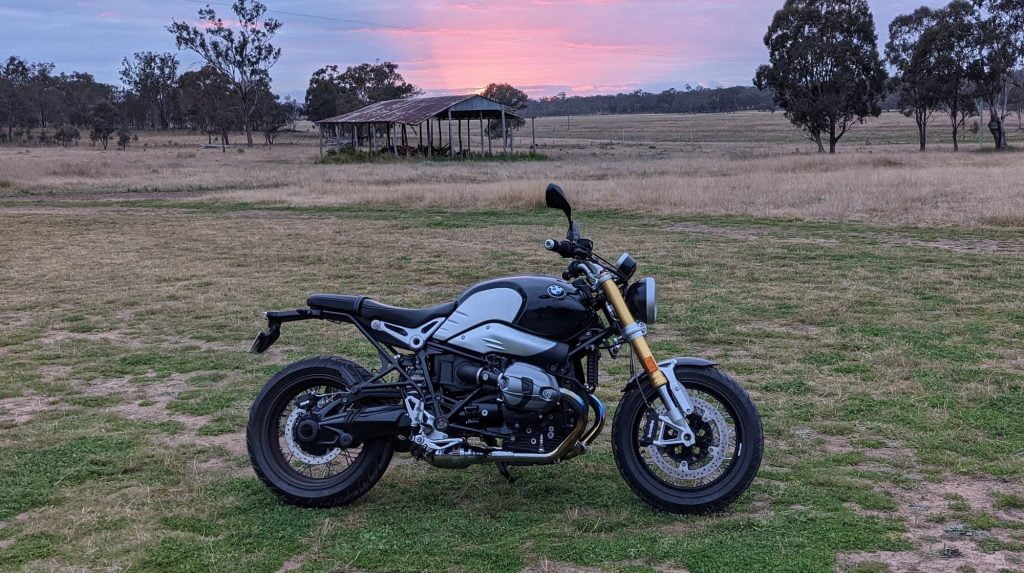
Are you obsessed with motorcycles?
Well, I am. That’s why I created this site — as an outlet. I love learning and sharing what others might find useful. If you like what you read here, and you’re a fraction as obsessed as I am, you might like to know when I’ve published more. (Check the latest for an idea of what you’ll see.)
What’s an MCCruise unit?
As I went over in my guide to aftermarket cruise control systems, MCCruise is an Australian company who make aftermarket electronic cruise control for many models of motorcycle.
(See my overview of cruise control options for motorcycles, everything from throttle stops to aftermarket cruise control.)
It’s a really advanced product that they make. They’ve been around for over 20 years, constantly refining the product.
In short, the MCCruise aftermarket cruise control system product is
- A servo that pulls on the throttle cable (unless you have RbW)
- A splitter (where necessary) to take an input from the servo as well as from the throttle cable, sending the throttle movement to multiple throttle bodies
- Buttons on the handlebar with the typical cruise control functions (on/off, set/acc, etc.)
- Plugs to seamlessly plug into the wiring loom to detect when you brake, and to get signals about the motorcycle’s wheel speed
- A computer to put all the logic together
If you have a RbW (that’s ride by wire, see my acronyms list!) bike, the MCCruise installation process is a bit simpler — no servo necessary.
Anyway, MCCruise makes “real” cruise control. This is much more than a simple throttle lock. In other words, you press the button and it really holds it at that speed, even if you go up a hill. It works really well.
On top of that, the owners of MCCruise have a real dedication to safety. They have multiple methods of detecting when you brake — e.g. plugging in to the brake light circuit AND the CAN bus system. Or on older bikes, using a pressure switch on the brake master cylinder. Don’t leave anything to chance!
The MCCruise installation kit comes with lots of high-quality components, thick instruction books with extremely detailed installation guides, and every part you could need — not a single thing is missing (not a washer, not a zip tie, nothing). There’s even spares of the things people often lose, like retaining clips.
MCCruise make units for lots of motorcycles, but notably, not every bike. Every kit is customised with computer programming, wiring lengths, and plugs into the wiring loom, and they test them personally on each bike. They have many hundreds (maybe thousands) of satisfied customers, mostly in the US. Just go look on ADVRider, where they got their start marketing — people love them!
MCCruise Installation Process — In a nutshell
On most motorcycles, installing an MCCruise unit is something like a 4-hour job. Or maybe 8 hours if it’s your first time taking your bike apart (took me something between the two).
The installation process is roughly the same for the same class of bike. For example, for a naked bike that needs a servo, you have to do roughly the same things I did on my R nineT — install the servo, a splitter, the computer, do all the wiring routing, and the config.
For my BMW R nineT, the steps to install an MCCruise unit were, in a nutshell:
- Get the right tools. I needed a new Torx key set as I was missing a few key sizes (T45 for the tank, for example).
- Remove the tank. This meant removing a few bits around the tank blocking it in and undoing the hoses and plugs. You may not have to do this if you can get to all the relevant parts with the tank still on. (At least I don’t have fairings to remove!).
- Swap out the cable splitter with the one from MCCruise. This was quite fiddly and I got it wrong the first time. You don’t have to do this if you have ride by wire.
- Install the servo (to pull on the throttle cable) and make sure the cables are correctly routed. Again, if you have a ride by wire bike, you don’t have to install a servo.
- Install the computer and make sure the wires go where they’re meant to.
- Splice in the wires to the brake lights, battery, and accessory port (so it’s powered on correctly). MCCruise does a nice job of giving you parts so you can do this without soldering, by replacing pins in connectors. It’s very clever.
- Install the handlebar switch and route the wires to the computer.
- Calibrate the throttle bodies — as the cables will be out of sync as you moved it all (again, won’t have to do this if you have RbW)
- Do initial setup and calibration of the cruise unit.
- Calibrate the cruise unit and do testing on the road.
In general, the hardest parts of the MCCruise installation process are — depending on your personal abilities —
- Removing all the bits you have to remove to get access — e.g. fairings, tank, various panels. This isn’t easy on some bikes, depending on the space you have.
- Installing the cable splitter and connecting it to the servo. You don’t have to do this if you have a ride-by-wire bike, which is fairly common in the last ~10 years.
- Routing the wiring so it’s clean and tidy
If you’re mechanically minded, you’ll find the servo part easy and the wiring part confusing. I’m the opposite — wires are my friend, and the cable splitter did my head in.
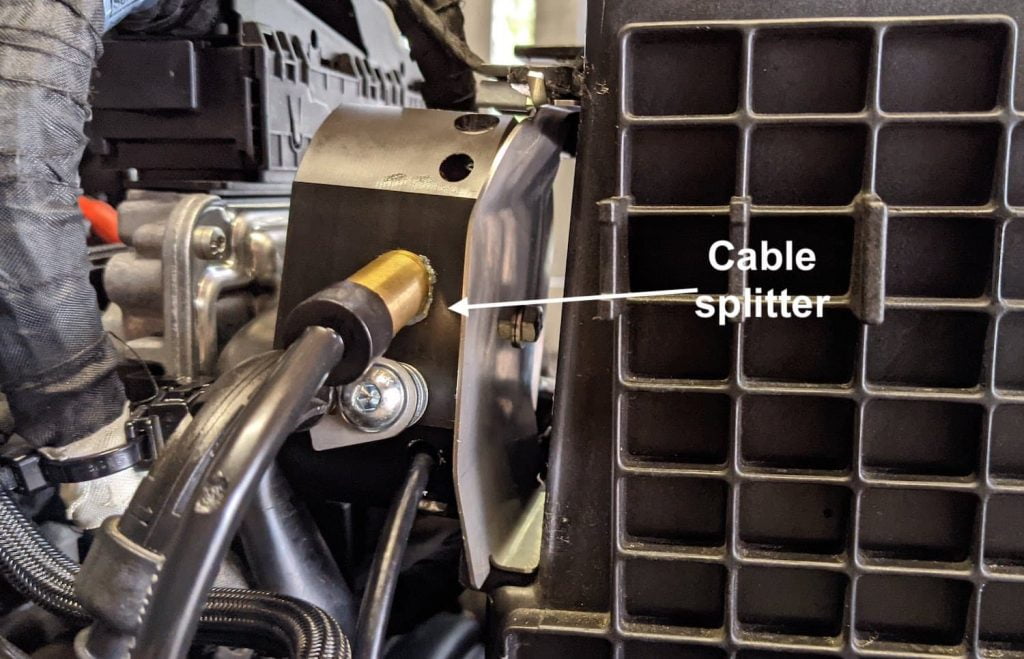
Once I figured out how the cable splitter worked, I could do some testing on it before installing it, and I got it working well.
I did my whole installation on a kickstand on the floor in a car port. It was far from ideal. But if I managed it, it means many others can.
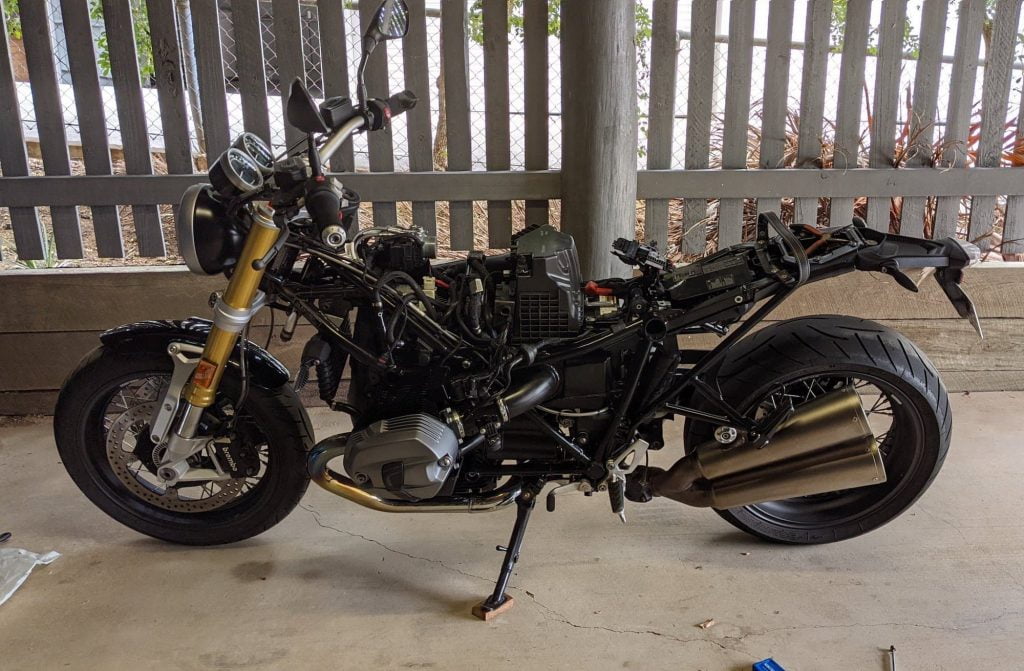
Of course, I’d much rather have a proper bike wheel stand in a garage on a platform. But we can’t have everything!
Modifications I made to the MCCruise installation process
There were a few non-intuitive parts of the MCCruise installation process — at least, they were non-intuitive to me.
Firstly, this may seem obvious, but make sure you have the right tools and space. I knew recent BMWs liked Torx keys, but I thought my set was complete. It wasn’t! I had to go buy a better one, and that always involves a bit of shopping around so I don’t get the first, most expensive set from the nearest hardware store (they’ve taken so much of my desperate money…)
I’d really suggest most people do this on a stand in a garage with lighting. I’d also suggest you don’t do big jobs on your primary bike. Otherwise, you won’t be riding for a little while if things go wrong! (Ah, luxuries of having more than one bike… a luxury I didn’t have, and I felt it.)
Secondly, do a unit test on the cable splitter. I found the cable splitter installation process confusing, so I would suggest a unit test once the new one is installed.
A cable splitter is something I had never opened up before. A cable splitter’s job is to take the input from the throttle cable and to split it to the two throttle bodies.
To install an MCCruise unit, you have to swap out the cable splitter for am MCCruise one, which also takes an input from the servo.
Installing the cable splitter involves unplugging all the throttle cables, including at the end with the throttle, lubricating them, and putting them into a new spindle set in a new box.
I would suggest doing a few tests after installing the cable splitter:
- Twist the throttle cable, and see both cables moving
- Listen to make sure the throttle bodies open and close roughly in sync
- Make sure the throttle resets without friction
If those tests pass, then at least you have a working motorcycle, regardless of whether the MCCruise installation process succeeds.
Finally, you may need a soldering iron and some heat shrink.
Soldering isn’t everyone’s favourite thing. I happen to find it easy because my dad taught it to me before I was 10. But I had to do some soldering to extend some cables, so I’m glad I had to.
You really shouldn’t have to do this. If you find some cables don’t reach because you can’t get things routed correctly, ask MCCruise and they’ll help, even if they have to ship you new cables of the right length.
Where my MCCruise installation went wrong
If you’ve read my guide to the BMW R nineT, you’ll know that there were two generations that didn’t have cruise control — 2014-2016 and then 2017-2020 (all models, including the Scrambler, Racer, etc.)
Unfortunately, it seems that the model that MCCruise did their testing on was the 2014-2016 one. And it looked a bit different to mine on the inside in subtle ways.
Some things that didn’t work quite right on my MCCruise installation were:
- There’s an evaporative fuel canister on the rear frame rail from 2017-onwards. This is for emissions control. I had to remove it (also it was ugly, and I read that sometimes the BMW one can fail and cause problems in the bike anyway)
- There was no space for the computer. There’s an electronic part (a light control module) under the tank where they say you should install the cruise computer. The 2014-2016 model didn’t have this, but the 2017-onward one does. So I had to relocate the computer to under the seat, which meant I had to extend some wires with my trusty soldering iron.
- The computer never initialised. This was the big one. I couldn’t even get it into diagnostic mode to set it up.
Here’s how I had to install the MCCruise computer. It’s not a neat installation like they envisaged for my bike.
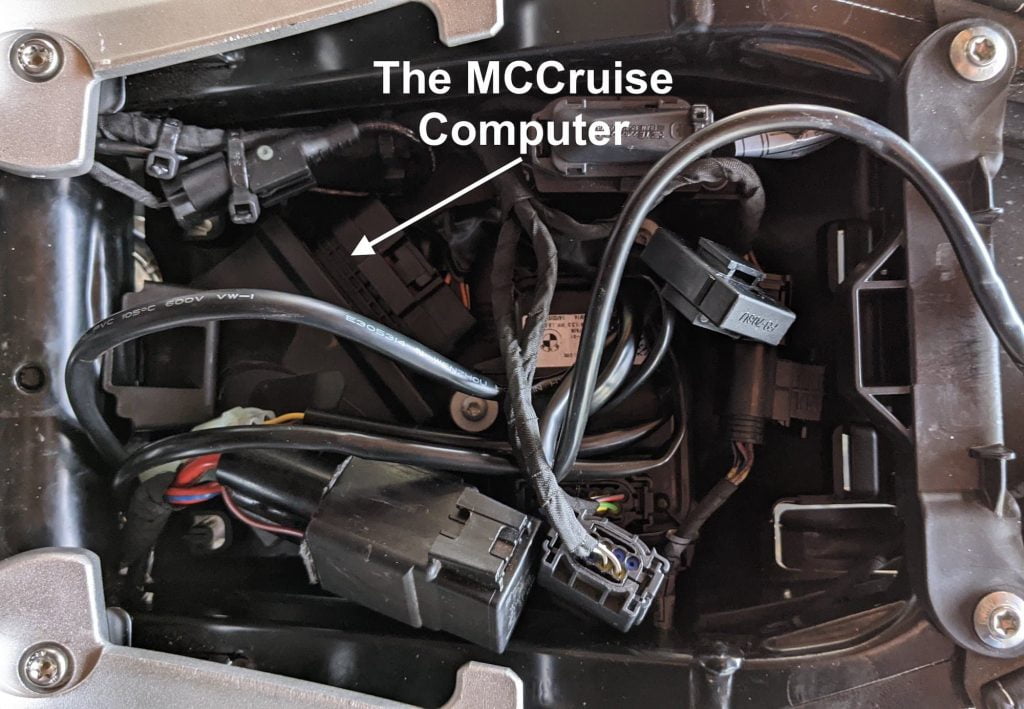
But the big problem was that the MCCruise computer never initalised at all. I could never get it into diagnostic mode.
I didn’t know why the computer didn’t initialise. I felt shy about it, assuming I had done something wrong, but I emailed them and got them to help. Both the owners of MCCruise spent ages with me on the phone and sending emails back and forth trying to diagnose the problem.
It would have been easy to figure out if I could get to them in Victoria, Australia. But I’m over 2000 km away (and was 4000 km away during one phase of testing). And with 90% of MCCruise’s customers in the US, it would be much harder for more people!
So the bad news was that I spent ~A$1500 and had a non-working cruise control system and lots of extra wires and bits on my bike.
The good news was that MCCruise was patient and helped me work something out remotely by sending me over parts until was worked out.
Many times over, I just thought: Am I bad at this? AM I A BAD PERSON? I spent a lot of time giving the MCCruise team detailed information about error codes, showing them all my wiring and explaining everything that went wrong, and we never found anything — until they finally got a test bike in that was similar to mine.
Update 1 (late 2021): Bypassing CAN Bus
See here for an explainer of a CAN bus system.
After a lot of discussion, MCCruise came up with a hypothesis: They thought maybe the CAN bus brake signal was different in the 2017 R nineT. They weren’t sure why, but thought “OK, let’s bypass the CAN bus signal for the brake.”
To try to diagnose the problem (and maybe bypass it), they sent over
- A new computer, just in case this one’s faulty, but also programmed to ignore the CAN bus brake signal.
- A Bluetooth control unit. This is to eliminate the possibility that it’s the control unit that’s faulty. I could see the error codes up on the app on my phone via Bluetooth.
They also said they’d send over a brake pressure switch which I’d connect to the brake lines and plug into the ECU, but it never became necessary.
The idea was that maybe CAN bus brake signal was doing something unexpected in my bike, and so they’d rely on just the brake light signal from the rear light to deactivate cruise.
So, the order of operations was:
- Connect the new ECU
- Connect the Bluetooth module, and hook it up to my phone’s MC Cruise app (pretty cool!)
- Program the new cruise system
With the new ECU, I managed to actually get through some of the initial setup phases for the cruise system, only with the CAN bus system disconnected. But it wouldn’t work once I had the CAN bus connector connected again. And you have to have it connected — it does much more than send the brake signal (it also sends engine speed, bike speed, etc.)
So, still not working.
Update 2 (mid-2022)
MC Cruise contacted me again saying that they had done some testing on a mid-2017 BMW R nine T Scrambler and they confirmed that BMW had totally changed the CAN bus signals. So, it wasn’t anything in my bike that was unusual (and wasn’t my installation error!)
So they told me to send the computer back and they’ll send me one that’s correctly programmed. Unfortunately at the time, I was in Europe, so couldn’t do it right away.
Update 3 (September 2022)
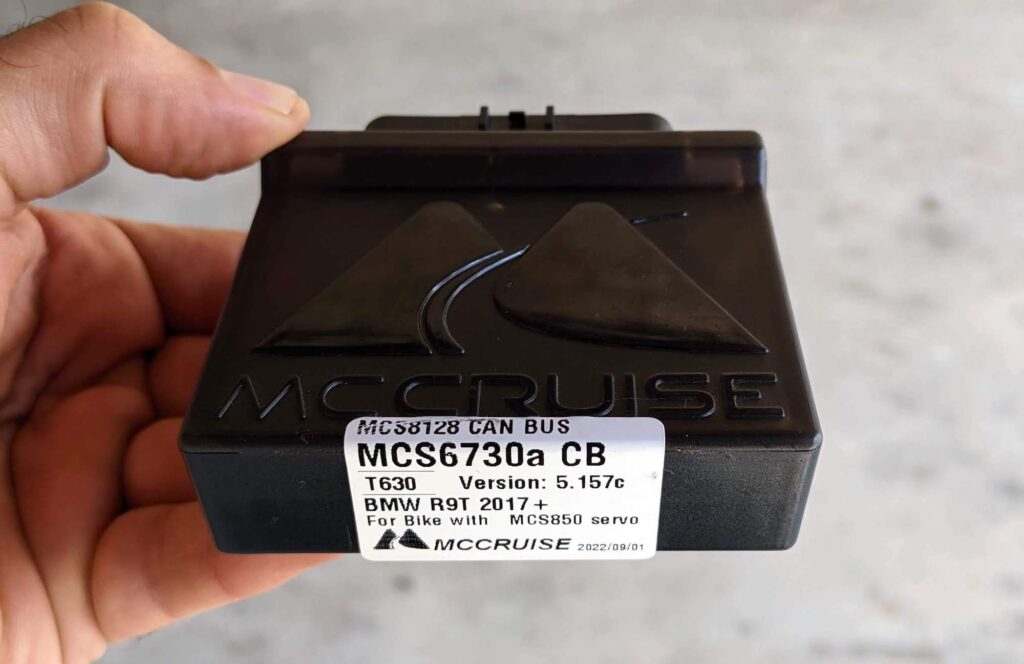
I finally got it working. I sent back the old computer(s) and Bluetooth unit (which I didn’t need) and MCCruise sent me the new computer, programmed like they did on the Scrambler.
The new computer works!
I installed it, did the servo calibration, and it worked the very first time. Vindication — my installation is perfect!
I’ve tested it at moderate speeds and going up hills at 50-60 km/h and it’s perfect. Also, the clutch and brake switches work.
Finally, I can ditch the other comfort gear I had on my motorcycle.
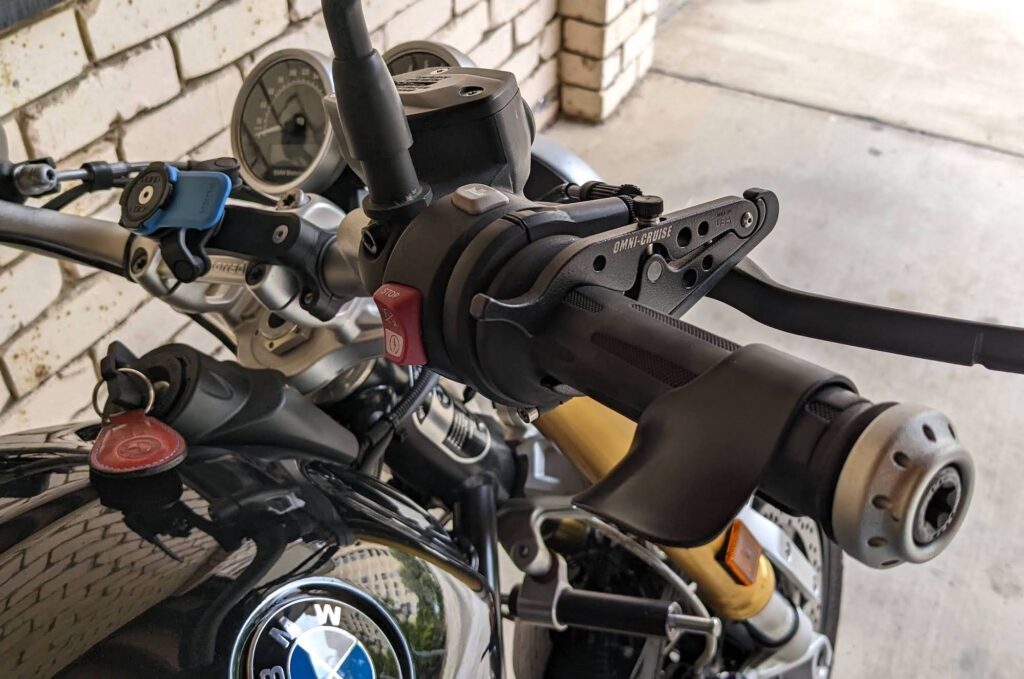
After the many hours of testing and having paid for a cruise system a full year before getting a working unit, I’m a little miffed. I appreciated their help, and they were patient with me, but I also invested many hours of my time into this.
Using the MCCruise — Like magic!
As soon as MCCruise sent me the new computer, I got it calibrated and working. It took me about 30 minutes (beginning to end, including finding my tools and the instructions again, plus being very careful) as the whole MCCruise system was set up already.
I went out and rode it on the nearby streets. It worked exactly as I expected — holding a steady speed in second, third, and fourth gears at speeds of between 40 and 60 km/h, where I tested it. I live in quite a hilly area, so even got to test it going up hills. Yes, it kept a very steady throttle.
I actually found that MCCruise worked better than the cruise control on my BMW S 1000 R. It was better in two ways. Firstly, the brake didn’t disengage it quite as suddenly. Secondly, it maintained speed more effectively on uphills. Pretty cool.
MCCruise vs a Throttle Lock
If you’re wondering whether to install a ~$1000 MCCruise system or a $20 throttle lock, then yes, obviously I see the appeal of the cheaper option. I’m a cheapskate too. Like so many bikers. We spend a million bucks on the bike and a shiny helmet, then Google “cheapest good quality oil”.
Look, the reason I’m a cheapskate isn’t because I’m cheap. It’s just because we’re so used to being ripped off with fancy branding. So the real question is: is the MCCruise just a shiny but unnecessary and/or overpriced device?
In my unsolicited opinion, you really only should get MCCruise if you know you’ll get value out of it. For example, I find myself on hour-long straights sometimes, my right hand goes numb because of my pinched nerve, and I like projects. I’m a good candidate.
If you can avoid those straights and/or have healthy nerves in your arms, or hate projects and would rather buy another bike, then maybe you should spend that $1K on a track suit, a project bike, or a massive pile of tacos.
If you’re somewhere in the middle and just want to take your hand off the throttle sometimes to scratch somewhere desperately or adjust the windshield, then get a throttle lock.
But here’s where the MCCruise is definitely better than a throttle lock.
- It’s easier to set the MCCruise to the right speed. When I engage a throttle lock, I have to do a few adjustments to get it to the right speed. I have to keep adjusting it as the speed drops.
- The MCCruise doesn’t drop in speed. You have to tell it to turn off (usually by tapping the brakes).
- The MCCruise controller looks way better.
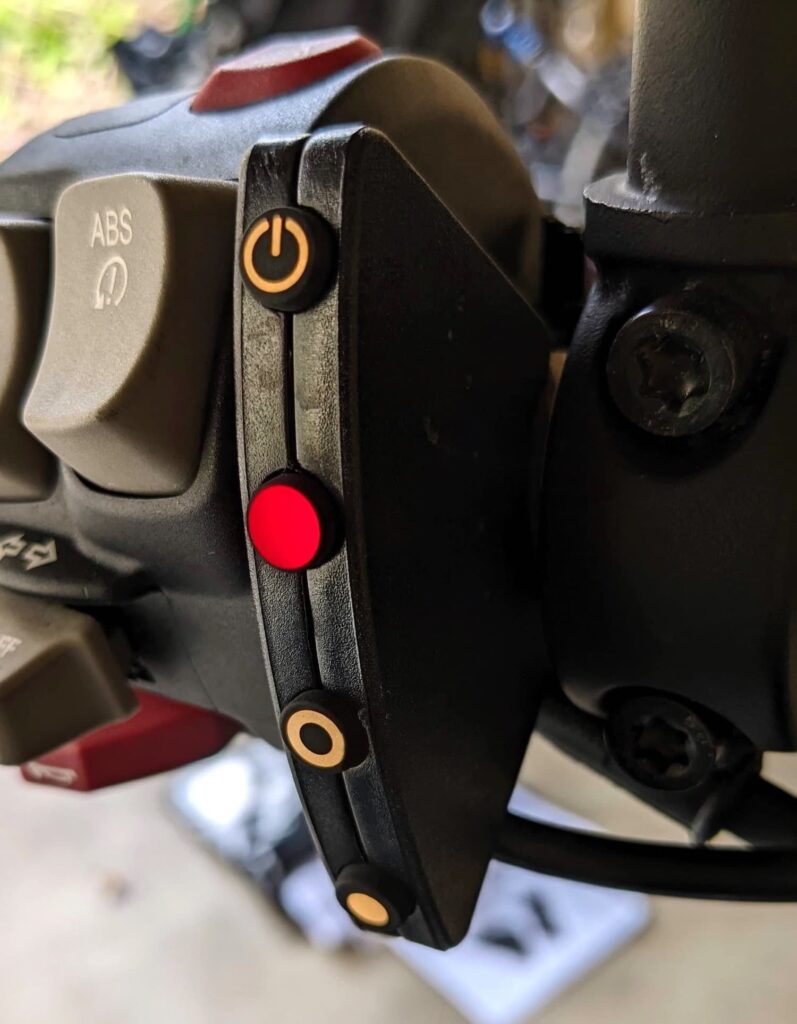
One caveat — In some jurisdictions, a throttle lock doesn’t meet vehicle safety standards in many jurisdictions. A throttle that doesn’t return to rest position fails requirement 9.7 of Queensland’s Vehicle Inspection Guidelines, for example.
Of course, this requirement is usually about safety testing for a bike before you register it. They pull the throttle and it’s meant to twist back.
So of course, without the throttle lock engaged, it’ll work. And my throttle lock usually isn’t engaged. I’ve been pulled over and the cop didn’t notice my throttle lock and/or didn’t give mention it (just mentioned the $200 speeding fine… sigh). I’d rather not go to court about it, though.
What would I do next time?
Frankly, my MCCruise installation experience has made me a bit cautious about modifying motorcycles in the future. Even though the MCCruise installation was meant to be complex, it was — again — harder than I anticipated.
But there are so many bikes that still don’t have cruise control standard. And I do really like it for longer trips.
So that leads me to:
- Buy a motorcycle with cruise (quite limiting),
- Buy motorcycles with ride by wire, for a much easier cruise installation, or
- Ride shorter distances (e.g. my track bikes don’t need cruise control!)
There are a few adventure bikes that I have my eye on and that have ride by wire set-ups that mean cruise control installation is both cheaper and easier to install. For example the KTM 390 Adventure, or the Yamaha Ténéré 700. Both of those are in my “maybe next time” list.
Or there’s the Aprilia Tuareg 660, which is a nice middleweight adventure bike that has cruise built in…
One thing is that I’d much rather, next time, be closer to the MCCruise team, if possible. Might be difficult, seeing they’re in Victoria, Australia. But it would be invaluable!
Despite the drawbacks, my experience using the working MCCruise were so amazing that I’m already thinking of installing it on my Hayabusa rather than just selling it and buying the new third gen with cruise as standard… I never learn.

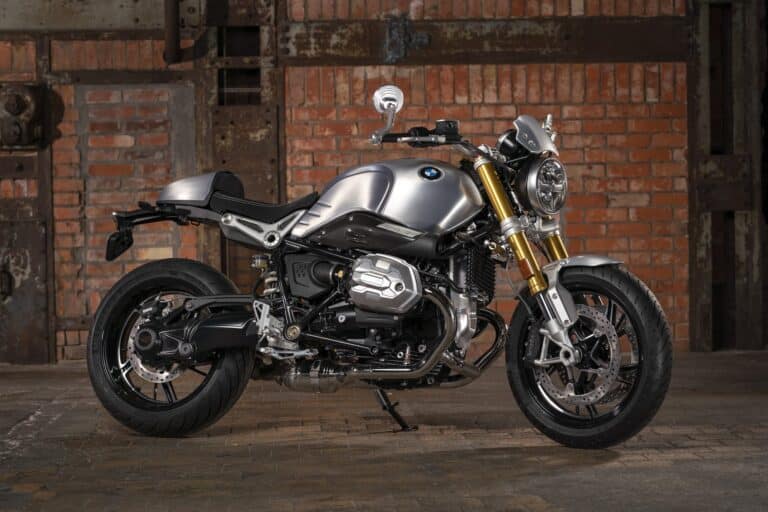
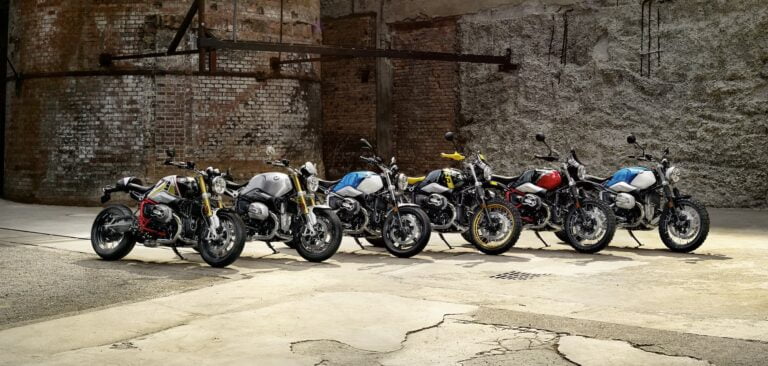
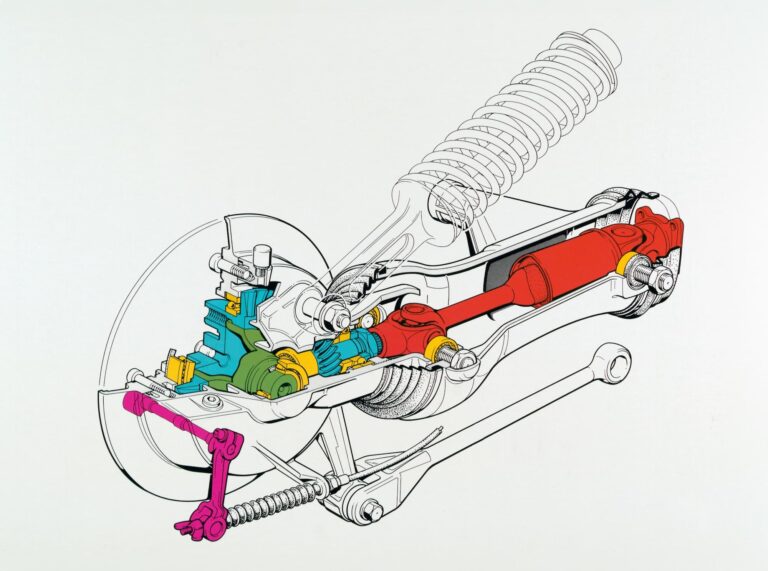
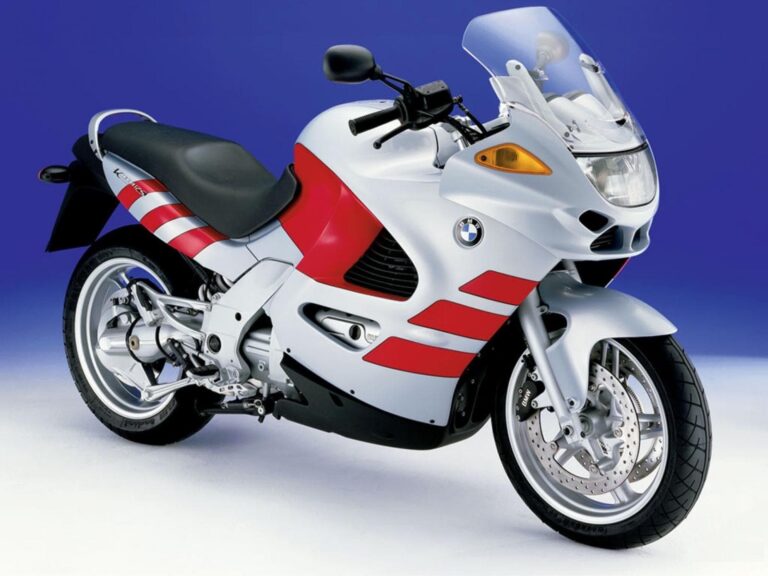
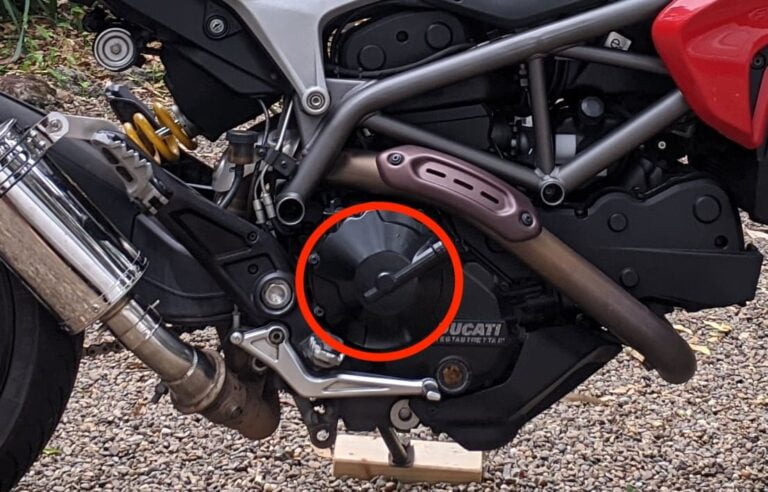
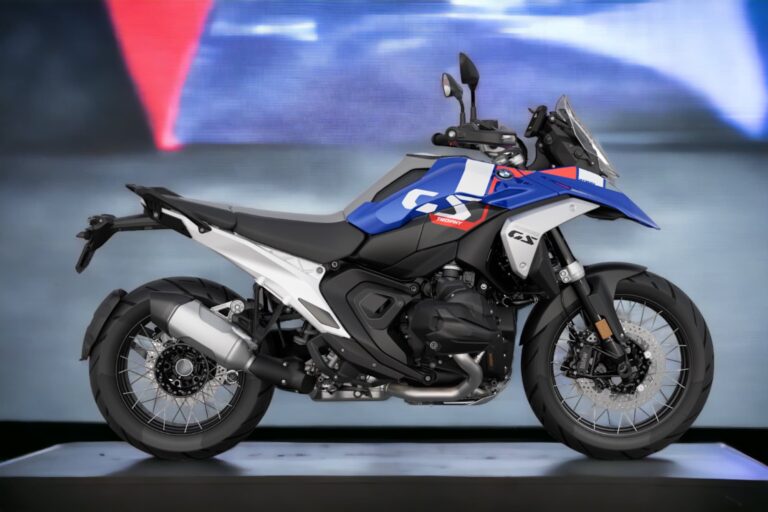
So did the issue get sorted, and if so, what was it?
Cheers mate
Tim
Sadly no, Tim. I tried so much stuff. I am going to send it back, will update the post after I do so. The only reason I haven’t yet is I need a non-busy day to take the tank off and put the old cable splitter back on. They have no idea. There’s no reason why it shouldn’t work. There’s 1000000 happy customers with MCCruise, and I still have faith in them.